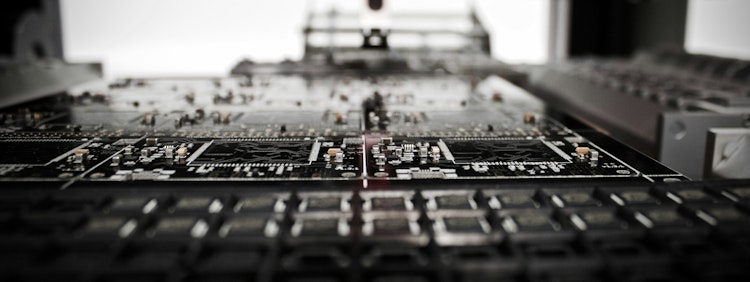
Are Drones and Robotics the Key to Insurance’s Satellite Future?
The Insurance industry has always been dynamic, constantly adapting to new technologies and shifting market demands. One of the latest innovations transforming the sector is the use of drones and robotic insurance technology. These cutting-edge tools are redefining how insurers assess risk, manage claims, and underwrite policies, bringing about significant changes for both insurers and policyholders.
The Impact of Drones and Robotics on Insurance
Drones and robotics are changing the way insurers operate, leading to reduced costs and improved efficiency. Traditionally, insurers relied on manual inspections and assessments—a process that was both time-consuming and expensive. Now, drones can conduct these inspections, capturing high-quality images and videos to assess damage to properties, vehicles, and other assets. This shift not only speeds up the inspection process but also cuts costs significantly.
On the underwriting front, robotic insurance technology is making waves. Leveraging machine learning and artificial intelligence, insurers can now analyze vast amounts of data to make more informed decisions. This technology identifies patterns that help determine the level of risk associated with a policy, automating the underwriting process. The result? Faster, more accurate policy issuance, which in turn reduces underwriting time and costs.
How 2D images are transformed into accurate 3D models?
It gets interesting is when drones are combines with the science of so-called photogrammetry, that enables transforming 2-dimensional images into 3D engineering models. For that purpose, hundreds of overlapping images taken by drones will be processed to create technical products such as 3D point cloud and orthophoto maps with up to 1cm resolution and accuracy at the level of highly accurate geodetic survey.
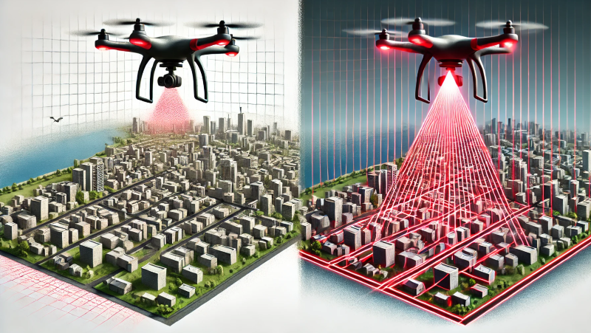
Drones: A Game-Changer for Risk Assessment and Claims Management
Drones are becoming indispensable tools for insurers, especially when it comes to assessing risk and managing claims. They can survey disaster areas, inspect hard-to-reach locations, and provide real-time data to insurers. Whether it’s capturing images, video, or thermal data, drones offer invaluable insights into the extent of damage, allowing insurers to respond quickly and effectively.
In claims management, drones are revolutionizing the way insurers process claims. Providing real-time data on damage to properties or vehicles, drones help speed up the claims process, reducing the time it takes to assess and settle claims. Additionally, drones can monitor the progress of repairs, ensuring that work is completed on time and to the required standard.
However, the adoption of drones in insurance isn’t without challenges. Insurers must navigate regulations and guidelines, particularly concerning privacy and data protection. They also need to ensure they have the expertise and resources to operate drones safely and effectively.
Robotic Process Automation: Transforming Insurance Underwriting
Robotic process automation (RPA) is another technology that’s reshaping the insurance landscape, particularly in underwriting. RPA uses machine learning and AI to automate the underwriting process, offering more accurate and efficient risk assessments. By analyzing data from various sources, including financial records and social media profiles, RPA identifies patterns and trends that inform risk levels associated with policies.
The benefits of RPA are clear: increased speed and accuracy in policy issuance, along with reduced underwriting costs. However, implementing RPA comes with its own set of challenges. Insurers must ensure that the data used to train RPA models is accurate and unbiased. Additionally, they need the necessary expertise and resources to implement and maintain RPA technology effectively.
The Benefits of Drones and Robotic Insurance Technology
The integration of drones and robotic insurance technology offers numerous advantages for both insurers and policyholders:
Reduced Costs: By streamlining processes such as inspections, claims processing, and underwriting, drones and robotics help insurers cut operational costs.
Improved Accuracy: These technologies provide insurers with more accurate and comprehensive data, reducing the likelihood of errors and enhancing decision-making.
Enhanced Safety: Drones can access dangerous or hard-to-reach areas, minimizing the risk of injury to human inspectors.
Faster Response Times: With real-time data collection, drones and robotics enable insurers to respond more quickly to claims, improving overall efficiency.
Better Customer Experience: A faster, more efficient claims process leads to a smoother, more satisfying experience for policyholders, strengthening customer relationships.
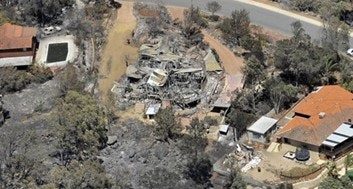
Insurance and loss adjusters are using drones to assess the risk and reduce time for claim processing.
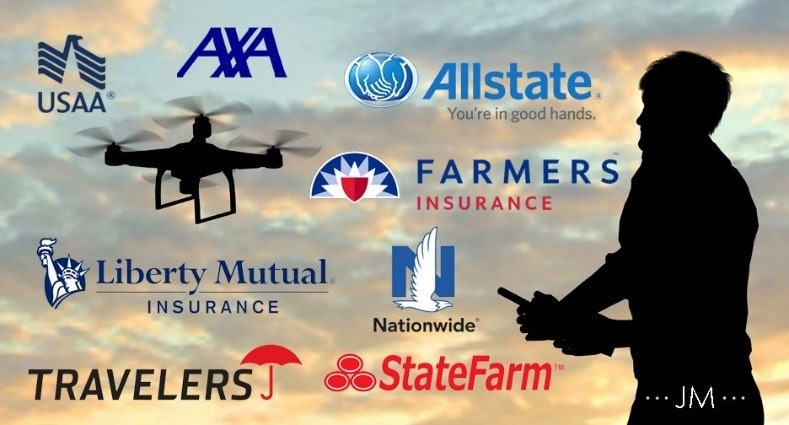
Insurance Companies Are Using Drone Technology.
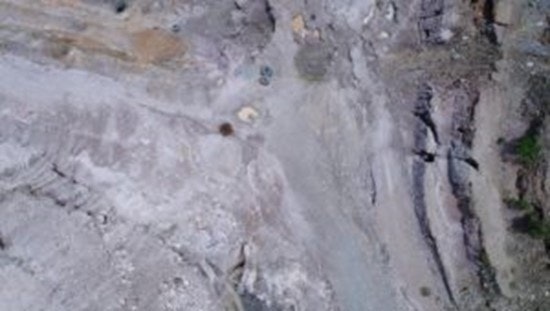
Remote assessment of hard-to-reach areas.
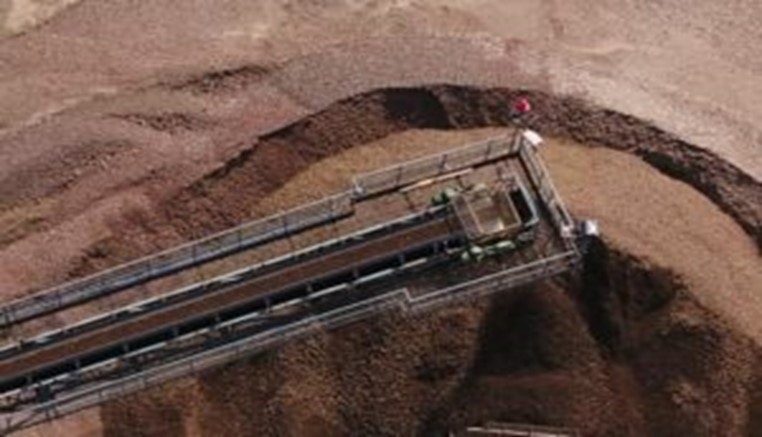
Safer analysis of the number of and the quality of fixed assets.
Challenges and limitations of using drones and robotics in insurance
The use of drones and robotics in insurance is not without its challenges and limitations. These include:
Regulatory compliance: Insurers must ensure that they comply with regulations and guidelines, particularly around privacy and data protection.
Data quality: Insurers must ensure that the data used to train machine learning models is accurate and unbiased.
Expertise and resources: Insurers must have the necessary expertise and resources to operate drones and implement and maintain robotic insurance technology.
Technical limitations: Drones and robotic insurance technology may not be suitable for all types of insurance policies or claims.
The future of drones and robotic insurance technology
The use of drones and robotic insurance technology is expected to grow in the coming years, as insurers seek to improve efficiency and reduce costs. Drones and robotic insurance technology will become increasingly sophisticated, with more advanced sensors and machine learning algorithms. Insurers will also need to develop new expertise and skills to operate and maintain these technologies.
The use of drones and robotic insurance technology will likely lead to new insurance products and services, particularly in the areas of cyber insurance and climate change. Insurers may also partner with technology companies to develop new solutions and services.
Examples of successful drone and robotic insurance initiatives
Several insurers have already implemented drone and robotic insurance technology with success. For example, Allianz uses drones to assess damage to properties and vehicles, reducing the time it takes to process claims. AXA has implemented robotic insurance technology to automate the underwriting process, reducing the time and cost of underwriting.
Insurance companies that have implemented drone and robotic technology
Several insurance companies have implemented drone and robotic insurance technology, including:
Allianz : Uses drones to assess damage to properties and vehicles.
AXA : Has implemented robotic insurance technology to automate the underwriting process.
Munich Re : Uses drones to inspect properties for fire risks.
State Farm : Uses drones to assess damage to properties and vehicles.
Conclusion
Drones and robotics are making significant strides in the insurance industry, but is it actually replacing satellite? I think satellite imagery is for a larger scale, but if this technology is combined with the newer and upcoming technology like drones, it can make everything so much better and easier way. So rather than replacing satellite data, they are more likely to complement it, each bringing unique strengths to the table.
Drones and Robotics as Complementary Tools
Drones and robotics excel in providing real-time, high-resolution data, particularly for localized assessments. For instance, drones can fly over disaster-stricken areas, capturing detailed images and videos of damage that are invaluable for claims processing. Their ability to navigate hard-to-reach or dangerous locations makes them indispensable for on-the-ground assessments, providing insurers with immediate insights that satellite data might miss due to lower resolution or timing constraints.
Robotics, especially in the form of robotic process automation (RPA), complements this by enhancing the efficiency and accuracy of data analysis and underwriting processes. They can process vast amounts of data, including inputs from drones, to provide a more nuanced understanding of risks and claims.
The Continued Importance of Satellite Data
On the other hand, satellite data offers a broader, more comprehensive view that drones cannot match. Satellites provide macro-level data that is crucial for understanding large-scale events, such as natural disasters, and monitoring long-term environmental changes. This data is essential for insurers in risk modeling, pricing, and forecasting, offering a global perspective that is beyond the reach of drones and ground-based robotics.
The Power of Integration
The future of insurance likely lies in the integration of these technologies. By combining satellite data's broad coverage and historical insights with the detailed, real-time data provided by drones and robotics, insurers can achieve a more holistic approach to risk assessment and claims management. This integrated approach can lead to more accurate underwriting, quicker claims processing, and ultimately, better service for policyholders.
Insurtech Global Outlook - NTT DATA
Header photo by Louis Reed on Unsplash
Subscribe to Our Newsletter
Get the latest insights about Global solutions for leading insurers on your email





